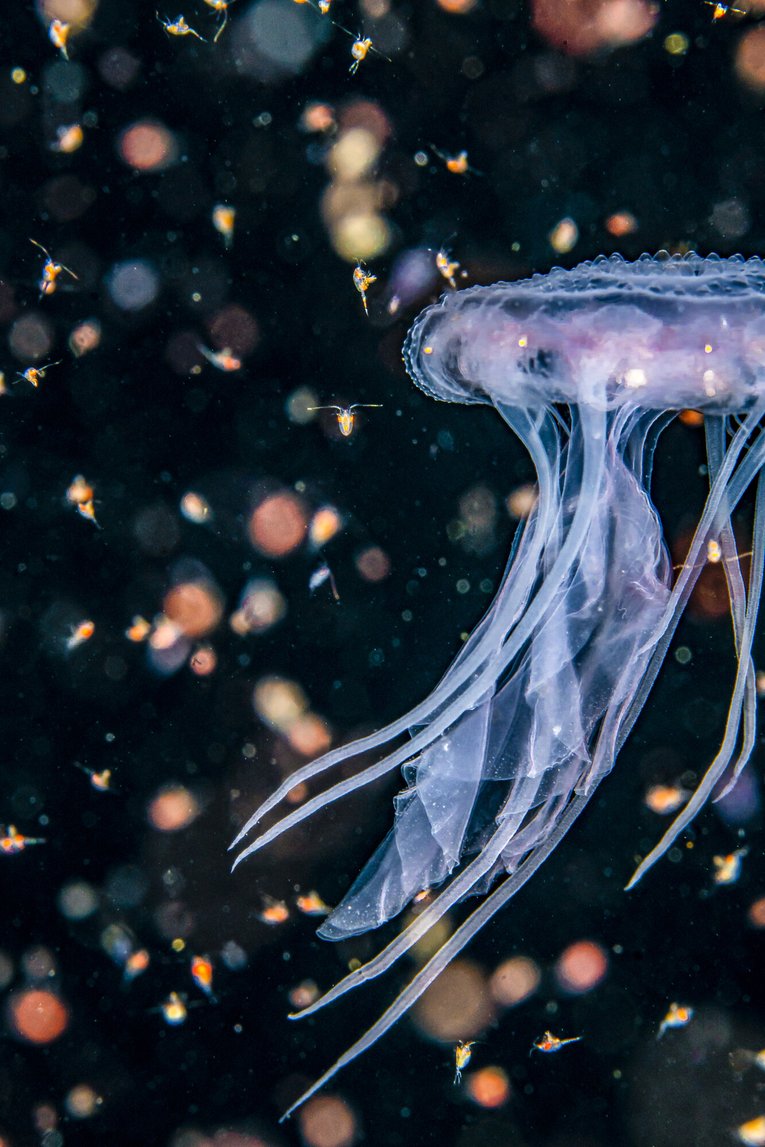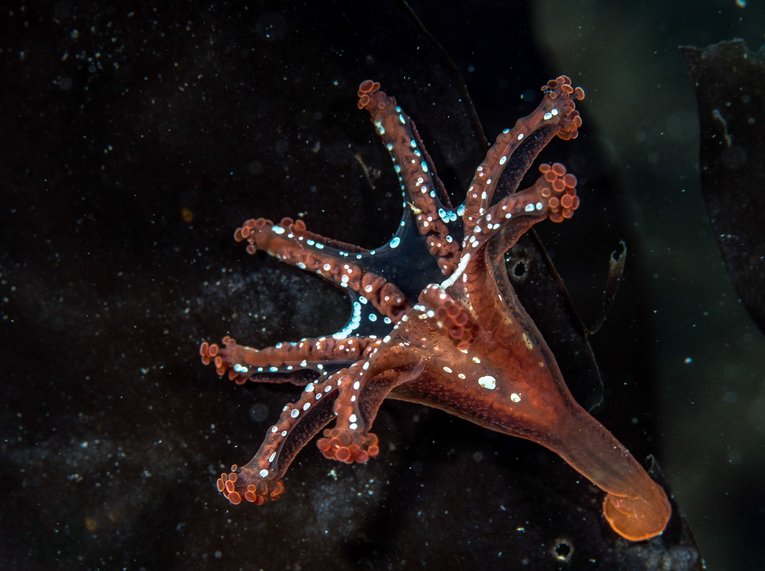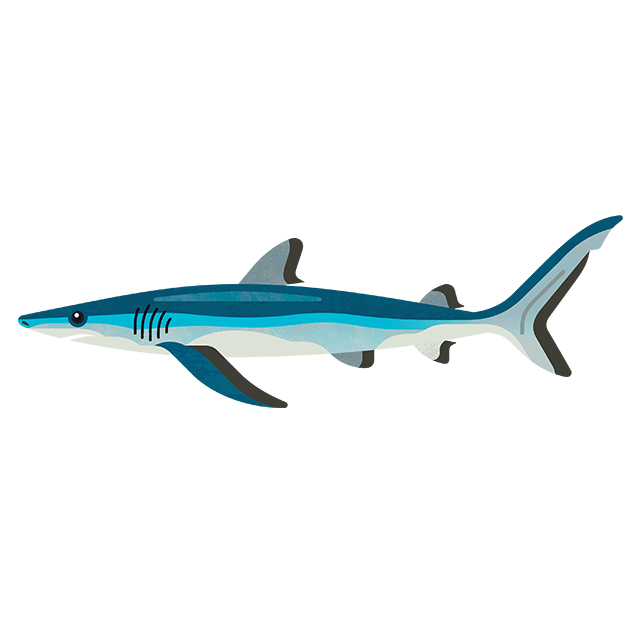
Fascinating facts about jellyfish
2 minute read
Jellyfish have been drifting, floating and bobbing along in our ocean for over 500 million years - that's longer than dinosaurs, and a lot longer than us.
Jellyfish are 95% water
Surprisingly, jellyfish are mostly made up of water, not jelly. This is why they look so different in the water than out of it.
They don’t have brains, hearts, or lungs
Jellyfish are very simple organisms. Their bodies are made up of just three layers— the outer epidermis, a gelatinous middle layer called the mesoglea, and the inner gastrodermis.

Credit: Cathy lewis
Jellyfish are a type of ‘cnidarian’, which is named after the Greek word for "sea nettle”
Cnidarians are jelly-like marine animals which have radical symmetry and sting their prey using cells on their tentacles called ‘cnidocytes’, which explode when stimulated!
Jellyfish have hydrostatic skeletons
Rather than a skeleton made up of bones, jellyfish have bells containing fluid and circular muscles. If they want to move, jellyfish can propel themselves along by contracting their muscles and squirting water in the opposite direction from where they want to go.
Or to save themselves the effort of doing this, jellyfish can also simply drift along with the ocean’s currents.

Credit: Billy Arthur
They have very short lifespans
Although some smaller species of jellyfish only live for a few hours, larger species like lion’s mane can live for a few years
Jellyfish range from a few centimetres to over two metres in size
The Irukandji jellyfish can be as small as one to two centimetres with a bell only a few millimetres wide, while the largest species - lion’s mane - can grow up to two metres wide and have tentacles as long as 36 metres!

Credit: Peter Bardsley
Some jellyfish can turn back their biological clock
Jellyfish begin as a polyp, before becoming an ‘ephyra’ and then an adult ‘medusa’. But, if injured or starved, or in water which is either too hot or cold, an adult Turritopsis dohrnii can drop to the seabed and become a polyp all over again.
Box jellyfish are highly advanced
Unlike most species of jellyfish, box jellies have eyes and can see, rather than only sense light. They have 24 eyes spread across all four sides of their bell, meaning that they have 360-degree vision.
Not only that, but box jellyfish can also move up to six metres per minute! The shelf-like shape of their bells allows them to catch and expel water more quickly than most jellies, which simply drift with the current.

Credit: Peter Bardsley
Some jellyfish trap their prey, while others trawl
Jellyfish spend a lot of their time seeking food. Some arrange their tentacles in a twisted, spiral pattern to trap prey. Others simply drag their tentacles behind them like a trawler net as they drift along the ocean.


